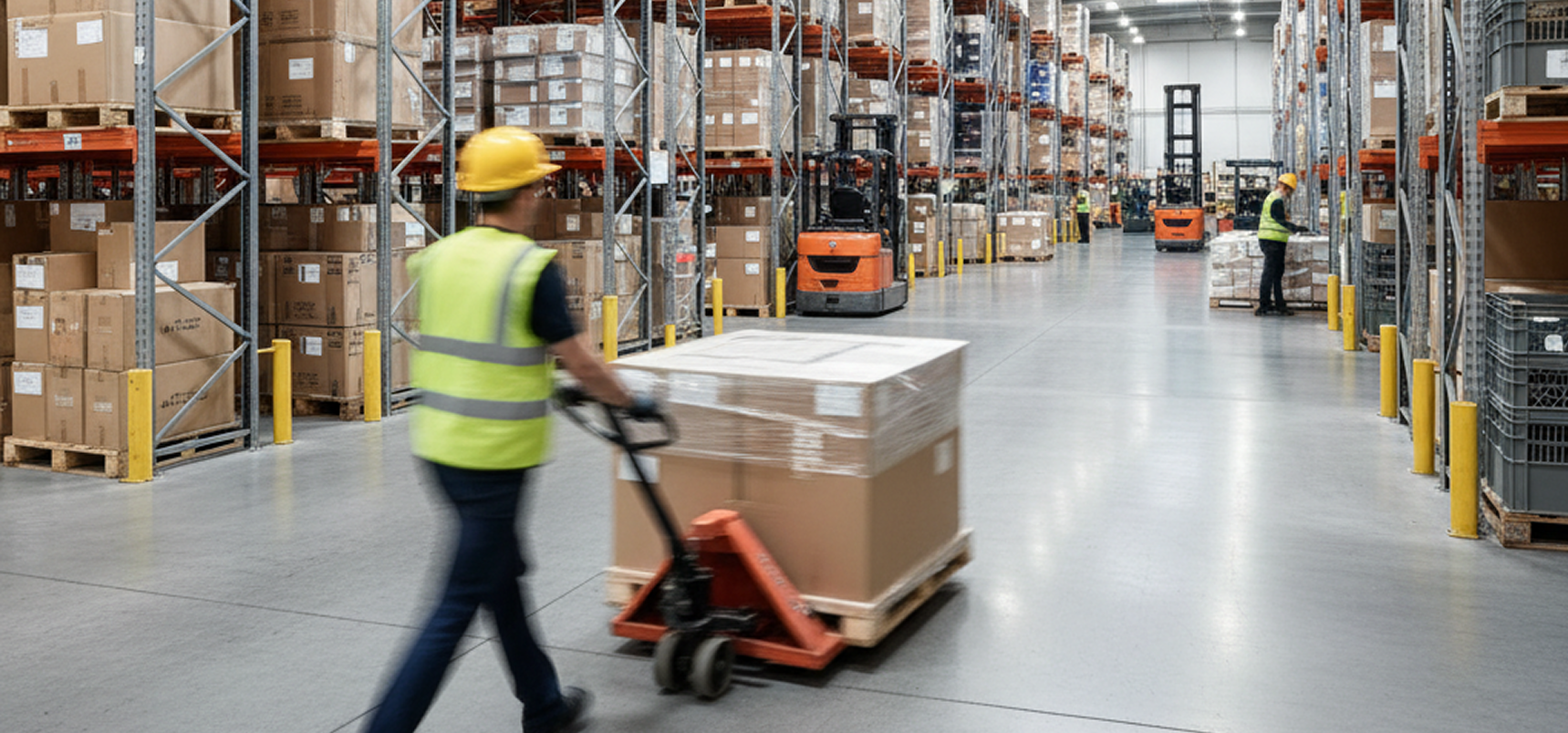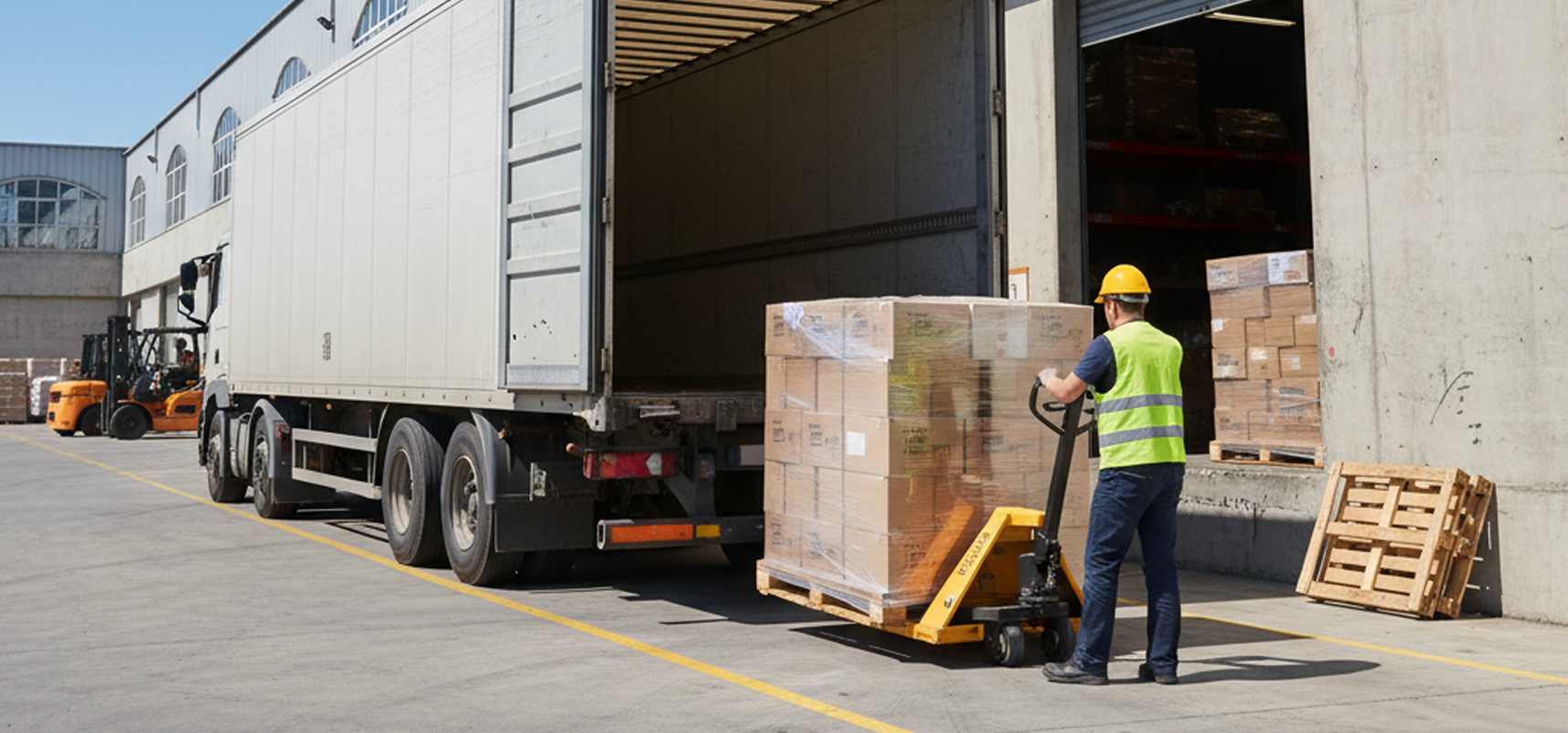Foshan’s infrastructure is modern and rapidly developing, with extensive public transport networks, advanced industrial zones, and ongoing investments in both transportation and urban amenities.
Population
Area
Density
112,220
The projected net population growth in Foshan for 2024 is 112,220.
69.7%
67% of first wave regions' population is working age, down from 70% in 2010.
Key industries include equipment manufacturing, household appliances, electronics, and automotive with major corporations like BYD, Huawei, and Lenovo playing significant roles.
Tertiary attainment among young adults aged 25-34 in the UK increased from 52% in 2019 to 60% in 2024, placing it among top OECD nations.
Foreign Residents
The average income for foreign residents in Foshan is about 2.3 million yen, with 50% earning less.
Ethnic Composition
Foreign residents in Foshan surpassed 0.1 million in 2024, making up about 1% of the city population, with largest groups from Vietnam, Indonesia, South Korea, and the Philippines.
255,000 people commute daily by subway between Foshan and Guangzhou, with rail accounting for 14% of total daily commuters in the metropolitan area.
Foshan continues to attract residents from other regions with a net inflow of 112,220 people in 2024.
¥114,384
The average annual income in Foshan is about 2.5 million yen, though more than half earn less than this amount.

7.2%
Foshan warehouse lease rates range from ¥24-50 per square meter per month across different districts, with available spaces from 40,000 to 274,040 square meters in various industrial zones.
Shunde District (including Rongqi and Leliu), Nanhai District (including Beijiao, Beicun, Sanshan, and Jiujiang), Gaoming District (notably Xiaodong Industrial Park), Sanshui District (notably Sanshui Xingang and Datang Industrial Park), and Chancheng District.
Foshan’s last-mile delivery infrastructure features autonomous vehicles, delivery robots, and drones deployed by major logistics firms to boost efficiency and reduce labor costs through intelligent, contactless solutions.
Foshan has rapidly adopted advanced warehouse automation technologies such as intelligent four-way shuttles, robotics, and integrated management systems to boost efficiency, accuracy, and competitiveness in logistics operations.
Cold storage and specialty warehousing facilities in Foshan offer temperature-controlled environments and customized refrigeration solutions for storing perishable goods, frozen foods, and specialty products.

Key industries and economic sectors in Foshan include advanced equipment manufacturing, household appliances, ceramics and building materials, electronics, new energy vehicles, new materials, industrial robots, chemicals, metallurgy, furniture, food and beverage, biomedicine, healthcare, and modern services such as finance and logistics.
SF Express, JD Logistics, United Ocean International Logistics, Prologis, Foshan Huan Hang International Freight, CASIA Global Logistics, Mega Logistics, Neptune Shipping, Pacific Link International Freight Forwarding, Champion Supply Chain, Morefar Global, Swift Horse Sourcing.
Foshan's 2023 foreign trade totaled 596.58 billion yuan with exports of 487.56 billion yuan and imports of 109.02 billion yuan, with ASEAN as the top trading partner at 150.33 billion yuan followed by the US, EU, Hong Kong, Japan, and Australia.
Foshan’s supply chain resilience faces heightened risks from global shipping disruptions, geopolitical tensions, and persistent inflation, requiring agile risk assessment and diversified sourcing strategies to maintain stability.
Foshan is a major Chinese manufacturing hub known for its vast, integrated furniture and ceramic tile industries, offering high capacity, rapid production cycles, and a complete supply chain supporting both mass production and customization.
Foshan's main industry clusters include equipment manufacturing, chemicals and petrochemicals, electronics, metallurgy, plastic product manufacturing, robotics, new energy, new materials, and semiconductors.
Strategic location in Pearl River Delta with proximity to major ports, advanced manufacturing base, multimodal transportation connections, and integration with free trade zones providing efficient access to global shipping networks and regional industrial centers.
Detailed evaluation of Foshan's infrastructure quality, investment projects, utility systems, and environmental considerations for strategic planning.
Foshan’s infrastructure quality and capacity are high, with extensive upgrades in transport, digitalization, and industrial facilities supporting advanced manufacturing, biomedical, and service sectors.
Foshan has launched 123 major infrastructure projects worth 98.5 billion yuan in 2024, with 546 provincial key projects totaling 1035 billion yuan planned, focusing on industrial upgrades, transportation networks, and biomedical parks.
Foshan has modern utility infrastructure with reliable power from large gas power stations, advanced water supply systems, and widespread high-speed internet connectivity.
Foshan’s logistics are impacted by high industrial pollution, strict air quality controls on key manufacturing sectors, and ongoing efforts to centralize and upgrade polluting industries while reducing emissions.